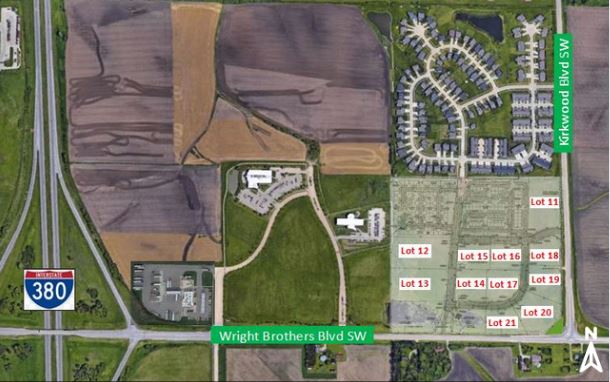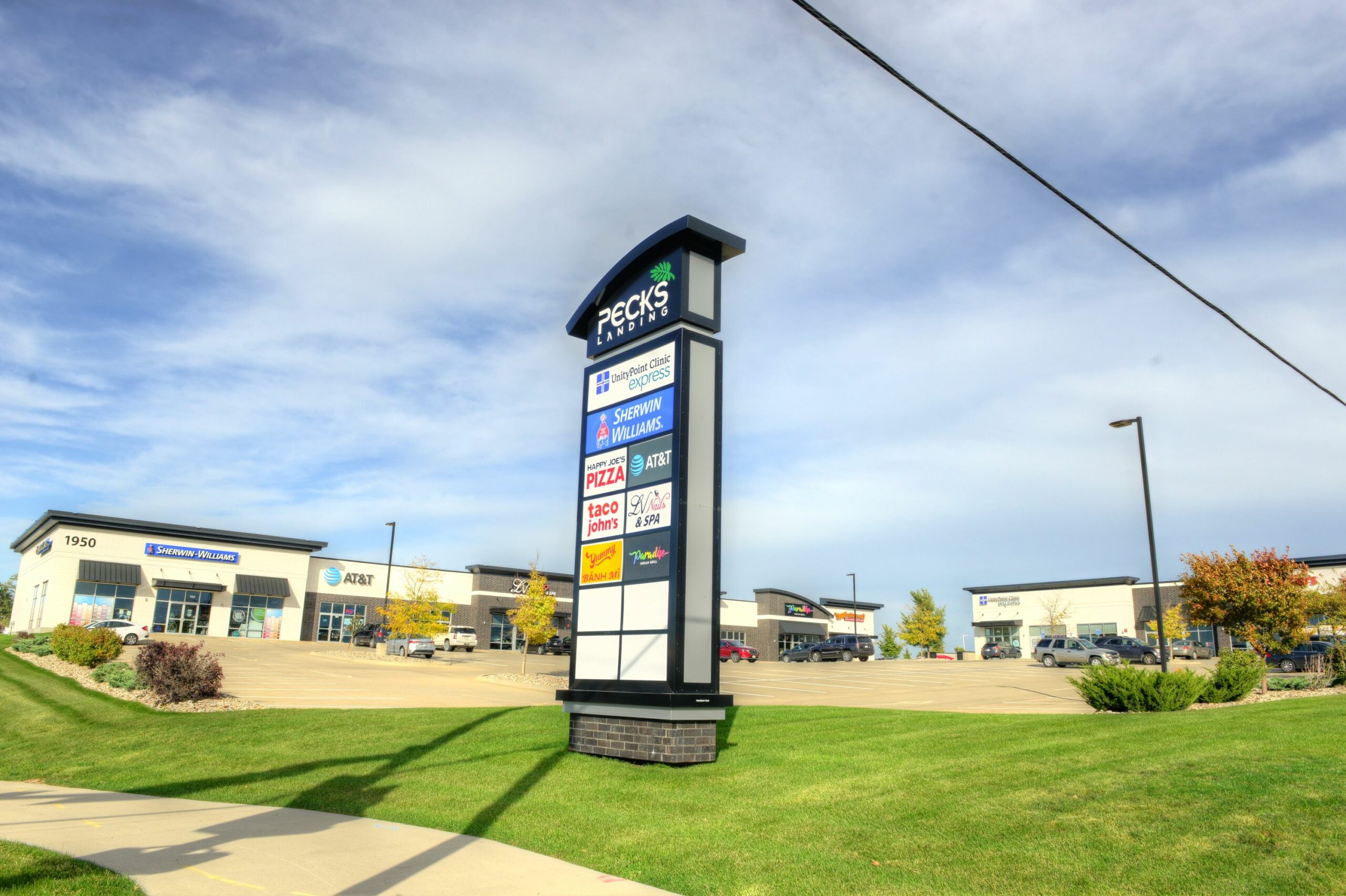Calculating market rent in a commercial building involves considering various factors that influence the rental value of the property. The market rent represents the prevailing rental rate for similar properties in the same market. While the process can be complex and may vary depending on the specific property type, location, and market conditions, here’s a general overview of how market rent is typically determined:
Conduct Comparable Market Analysis: Begin by researching and analyzing recent leasing transactions for comparable commercial properties in the same market. Look for properties that are similar in terms of property type, size, location, age, condition, and amenities. Analyze the rental rates at which these properties were leased to determine the prevailing market rates.
Consider Property Specifics: Evaluate the unique characteristics and attributes of the subject property. Factors such as location (e.g., prime downtown area or secondary location), accessibility, visibility, proximity to amenities, condition of the property, available parking, and overall desirability can all impact the market rent. Adjustments may be made to the comparable market rates to account for these specific features.
Factor in Economic Conditions: Consider the economic conditions and trends in the local market. Factors such as supply and demand dynamics, vacancy rates, population growth, employment trends, and overall market conditions can influence the market rent. A market with high demand and limited supply may lead to higher rental rates, while a sluggish market with high vacancy rates may result in lower rates.
Account for Tenant Improvements and Operating Expenses: Take into account any tenant improvements or allowances that may be offered by the landlord to attract tenants. These allowances can impact the market rent by offsetting the costs associated with customization or modifications required by the tenant. Additionally, consider the operating expenses, such as property taxes, insurance, maintenance costs, and utilities, that may be passed on to the tenant in the form of additional rent.
Consult with Professionals: It can be beneficial to consult with commercial real estate professionals, such as brokers or appraisers, who have in-depth knowledge of the local market. They can provide valuable insights, access to market data, and expertise in determining market rent for specific property types and locations.
Calculating market rent requires a comprehensive analysis of various factors that influence the rental value of a commercial property. It’s important to remember that market rent is dynamic and can change over time due to evolving market conditions. Regular market research and monitoring can help landlords and tenants stay informed about current rental rates and make informed decisions regarding lease agreements.






